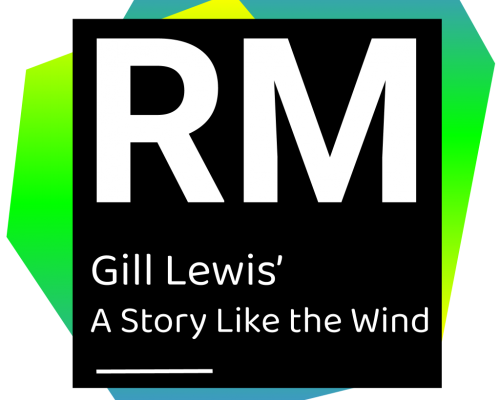As you can expect, almost all my “spare time” is taken up with RememberMore so finding time to write has almost evaporated. But yesterday, something pretty neat occured in my Year 7 ‘A Story Like the Wind’ class that encouraged me to get back at the keyboard.
Three weeks into the “new normal” term and the classroom.remembermore.app routine has been embedded with Year 7 (and Year 8 for A Christmas Carol). I arrive, post the retrieval prompts vis the site, students get started, I set up the lesson.
The knowledge and understanding of Year 7 students of ‘A Story Like the Wind’ is getting pretty sticky and is deepening day on day. At this point students have a secure understanding of the context and characters and are on the first three sections of the book through to (p1-9, p10-20 and p21-25p). We have moved to the “fast response” (see Classroom How to) routine and having moved from 3 to 4 prompts, yesterday we increased the number of prompts from four to five. Yesterday, a new learning activity was spontaneously and creatively, if accidentally, created, an activity spurred on by student curiosity, their knowledge of the text and some hard thinking.
Once all the question-answer retrieval prompts had been revealed, I drew the students attention to how their knowledge was deepening and how their investment in “knowing stuff” was paying dividends. I went on to emphasise the importance of making connections in their new “smarts” or knowledge when one student clarified and reinforced that statement connecting the vocabulary prompt “Displaced” (cured with vocab) with a question prompt about the characters on the boat (cued with the term “refugee.”) Connecting the word displaced with refugees. Boom! My response was high praise of course, so other students latched on and the conversation deepened.
Seeing their opportunity one or two other students also made connections. Of course, I was again thrilled and reinforced and promoted their hard thinking publicly. It was just one of those teacher moments where the students surprise you. Seeing this exuberance, one bright student then smartly connected three questions-answer prompts – the game was afoot. At this point, I was bereft of much more celebration.
And so a new activity was created and one the students really enjoyed – one that demanded thinking hard. And if I am honest, one that required not only a great deal of “hard thinking,” for students but for me too as the teacher, evaluating their assertions (some pretty sophisticated).” It was a lot of work for them and yet no additional work for me (Dylan Wiliam would approve of the later point at least). More updates on this activity as it develops – not least giving it this new learning game a “name.” I think I will ask the students for suggestions to improve upon think-link.
This activity, is in fact very important and a form elaboration. The concept of elaboration among cognitive psychologists is broad and can mean a lot of different things, however elaborative interrogation is essential asking ‘how’ and ‘why’ questions elaborating on the opening question. My assertion here – to make connections between the cued prompts, students have to ask themselves ‘how’ and ‘why’ questions and think – hard.
So today I told my students how impressed I was with their contribution and used it again, to demand even more attention and dedication to the classroom.remembermore.app retrieval practice routine.


